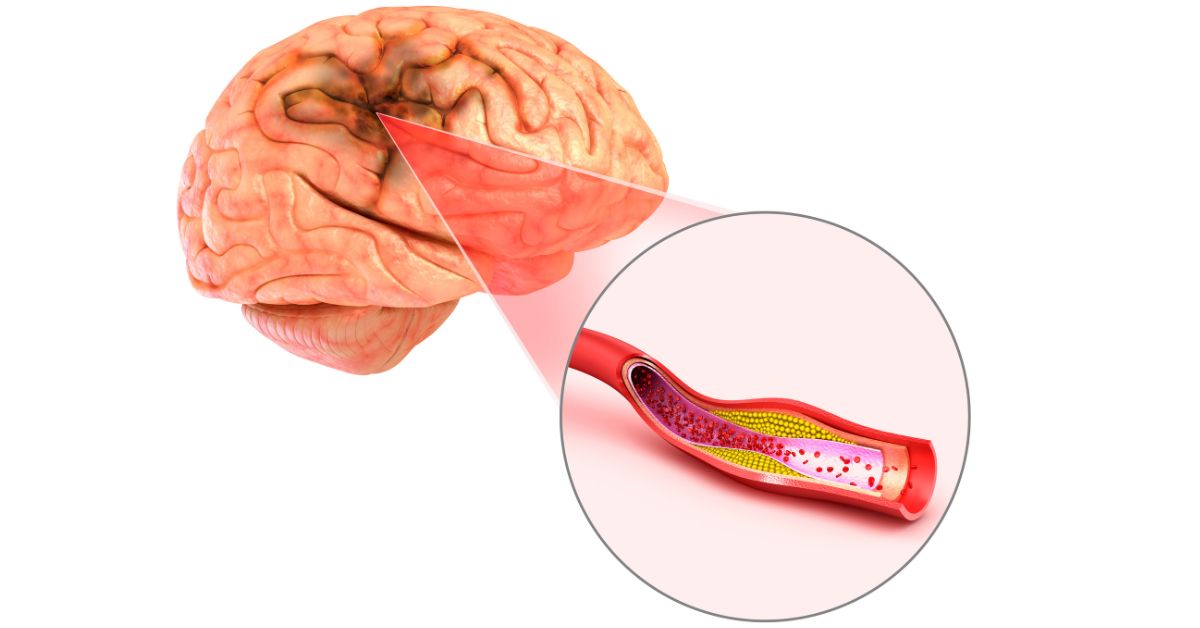Brain stroke
Brain stroke happens when there is a blockage in the blood circulation in the brain or when a blood vessel in the brain leaks. The burst or blockage prevents blood and oxygen reaching the brain tissue. Without oxygen the tissues and cells in the brain are damaged and die in no time leading to many symptoms.
Once brain cells die, they generally do not regenerate and devastating damage may occur, sometimes resulting in physical, cognitive and mental disabilities.It is crucial that proper blood flow and oxygen be restored to the brain as soon as possible.
Types of brain stroke
Brain stroke is mainly two types.
Ischemic stroke: It is the most common type and contributes to 80% of brain strokes.
Hemorrhagic stroke: It contributes to 20% of brain strokes.

What are the symptoms of a brain stroke?
- Sudden numbness or weakness in the face, arm or leg, especially on one side of the body.
- Sudden confusion
- Trouble speaking
- Sudden trouble seeing in one or both eyes
- Sudden trouble walking, dizziness
- Sudden severe headache with vomiting or unconsciousness
- Loss of balance or lack of coordination
- Difficulty understanding speech
Hemorrhagic stroke
- Uncontrolled high blood pressure
- Overtreatment with blood thinners (anticoagulants)
- Bulges at weak spots in your blood vessel walls (aneurysms)
- Trauma (such as a car accident)
